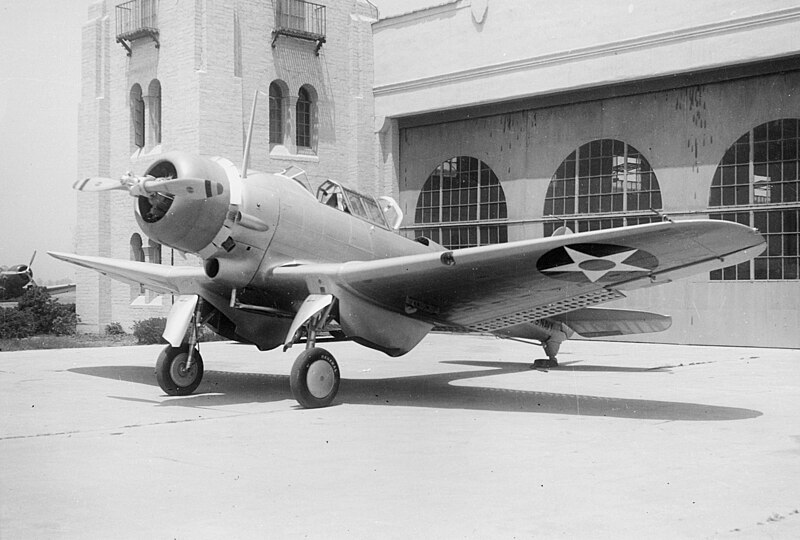It did.
The SBC was a dive bomber.
However, this aircraft, the F3F was in squadron service until 1940, after being introduced in 1936.
Actually the F2A was, when it first reached the fleet (before the addition of self-sealing tanks and additional armor), the best carrier fighter in the world. That lasted about four-five months until it was leapfrogged by the A6M (the F2A-1 was actually very close to the same turning capacity as the Zero, although about ten knots slower). For that matter the much decried TBD was, in 1937, hands down the best torpedo bomber in the world (as well as being the first all metal, enclosed canopy, monoplane carrier capable bomber ever). By the start of the Pacific War is was death trap.
The era between 1938 and 1943 was almost certainly the most revolutionary in aircraft design history, with the only real competition being the duration of the Great War.
Not to mention the fact that that total would have included the first true "fast battleship" in the G3 "battlecruiser" (which was about as much a battlecruiser as the
Iowa class) and the much slower and less long term useful, but still quite impressive N3 BB class with its 18" main battery, along with the ship class(es) that would have followed the G3/N3
Again, this is the sort of claim that requires something beyond the words.
Germany, assuming it does not win WW I outright, to the point of the British Empire actually surrendering (which was not really in the cards at any point in the war), is severely hampered by availability of raw materials since the British and French continue to have global empires that control those raw materials.
It is not really useful to compare the 2017 economies of Germany to the UK in any intra-war period. The British still had a massive empire to draw from with all that implied. Germany was not going to be able to exceed that, not to a degree that would allow it to suddenly eclipse the BRITISH EMPIRE and Sterling Zone in global economic influence. Economies are more than manufacturing.

